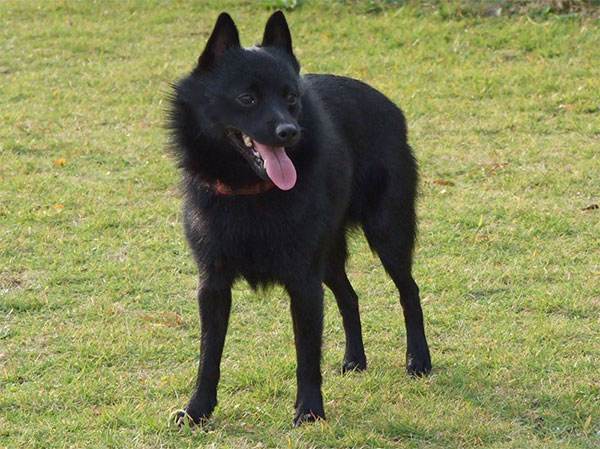Sipaki
IUCN
LCBasic Information
Feature
The Sipaqui is a very loyal guard dog. Although it does not like to fight, it will bravely fight against any enemy to protect its owner and family. It is very curious and alert, making it a great guard dog.
Distribution and Habitat
Originally from Belgium
Appearance
Pointed cheeks, fox-like, with longer fur around the neck and thighs. Skull of medium width, narrowing slightly toward the muzzle. In profile (if the ears are set back), the skull is slightly rounded. The upper jaw is slightly full below the eye, so that when viewed from above, the head is wedge-shaped, tapering smoothly from the back of the skull to the tip of the nose. The stop is well-defined but not prominent. The length of the muzzle is slightly less than the length of the skull. The ideal eye is small, oval rather than round, dark brown, and set straight forward on the head. The ears are small, triangular, set high, and erect when the dog is alert and attentive. Drop ears (one or two) are a disqualification. The nose is small and black. The bite must be scissor-like or level. Any deviation is a serious fault.
Neck of medium length, slightly arched, and well proportioned. The topline is level or sloping slightly from the withers to the croup. The erected collar increases the sl
Details
The English name of the Schipperke is Schipperke, which is Flemish and means a small captain or boat. It is mainly raised to guard canal boats and catch mice on the rivers in the low-lying areas of Belgium.

The Schipperke is produced in Flanders. There has been no similar breed for hundreds of years. It is said that the Sippaki is the descendant of the now extinct Belgian Shepherd Dog. There are also legends that it is the descendant of the Northern Spitz, or a hybrid of a monkey and a Pomeranian. From the past to the present, it has always been loved by people and is regarded as one of the domestic dog breeds of Belgium.
The Sippaki is small in size. When excited, its thick and thick mane will stand up in the opposite direction, as if it is fried. The waist of this dog looks round, but in fact it is because there is no visual sense formed by the tail. It may really have inherited some genes from its ancestor, the Spitz, so it has such a strong body and cute erect ears.
As the smallest of the Spitz family, the Sippaki's appearance is as eye-catching as other breeds. The outer coat is long, rough, and very dense, and there is a ruff of hair on the neck. According to American standards, only black fur is accepted, but other countries allow other colors.
The Sipaqui is a very loyal guard dog. Although it does not like to fight, it will bravely fight to protect its owner and family, no matter how big the opponent is. It is very courageous. It is curious and vigilant, making it a great guard dog. In addition, it is also a hunting dog, independent and confident. It is also known as the "best indoor dog", a playmate for children, and has a gentle heart.
Protect wild animals and eliminate game.
Maintaining ecological balance is everyone's responsibility!








